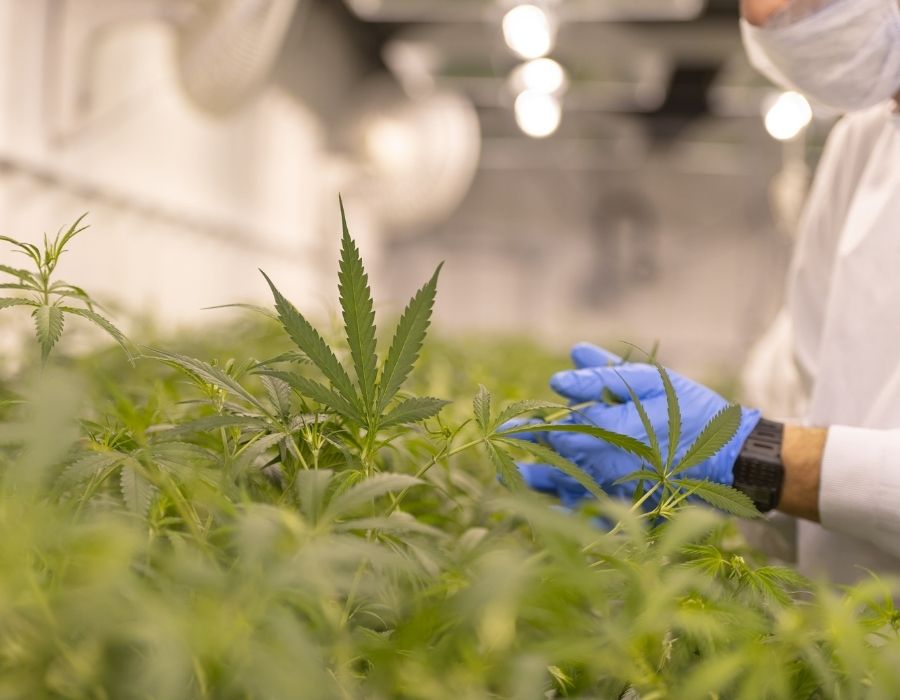Growing cannabis to produce high-yielding flavorful buds is more than just plopping a seed in some dirt and watching it grow. There are many elements a marijuana grower must incorporate into creating the exquisite flower. Environmental controls, nutrient formulations, and plant growth blueprints define the parameters for success.
However, without knowledge of how a cannabis plant grows, it is difficult to achieve a bountiful harvest. To better understand how to care for the plant, one must first learn how it grows. An important factor in successful marijuana growing is knowing what lies beneath the soil and how it directly affects the plant’s growth above ground.
There is a sophisticated, complex system working under the soil that controls much of a cannabis plant’s growth above. Microbial life buzzing through a plant’s rhizosphere relay directives to enhance plant development. Cellular plant tissue growth, energy conversion and distribution, in addition to water flow and nutrient uptake, are energetic forces controlling plant growth.
While there are many aspects to learn about underground activity, today’s article focuses on how enzyme synthesis powerfully impacts cannabis plant growth success.
What are Enzymes?
Underneath a cannabis plant, buried in the soil, lies a busy, intricate order in microbial life. This hub of activity, located within the rhizosphere, coordinates plant growth. While microbes do much of the work, they rely on enzymes to help process molecular bonding.
Enzymes are powerhouses that break down large molecules into smaller, more absorbable bonds, readily available for plant uptake. They are specialized proteins made of complex chains of amino acids, performing as a supercharged catalyst for biosynthesis. Enzymes intensify the probability of a biochemical reaction by lowering the energy necessary to accomplish the task.
Furthermore, different types of enzymes perform unique assignments necessary for a marijuana plant’s optimal growth. For example, Phosphatase is an enzyme that converts large bonded phosphorus into a soluble form that allows the element to enter plant cell walls. Sucrose synthase is a powerful enzyme in sugar metabolism converting sucrose into glucose through photosynthesis that feeds the hungry microorganisms.
There are thousands of microscopic enzymes working together synergistically with the ecosystem beneath the soil of a cannabis plant. Bonding with biomass rich in organic material is an open door for enzyme activity. Creating an optimal environment for these transformers to work their magic results in a vibrant, explosive performance throughout the lifecycle of a marijuana plant.
